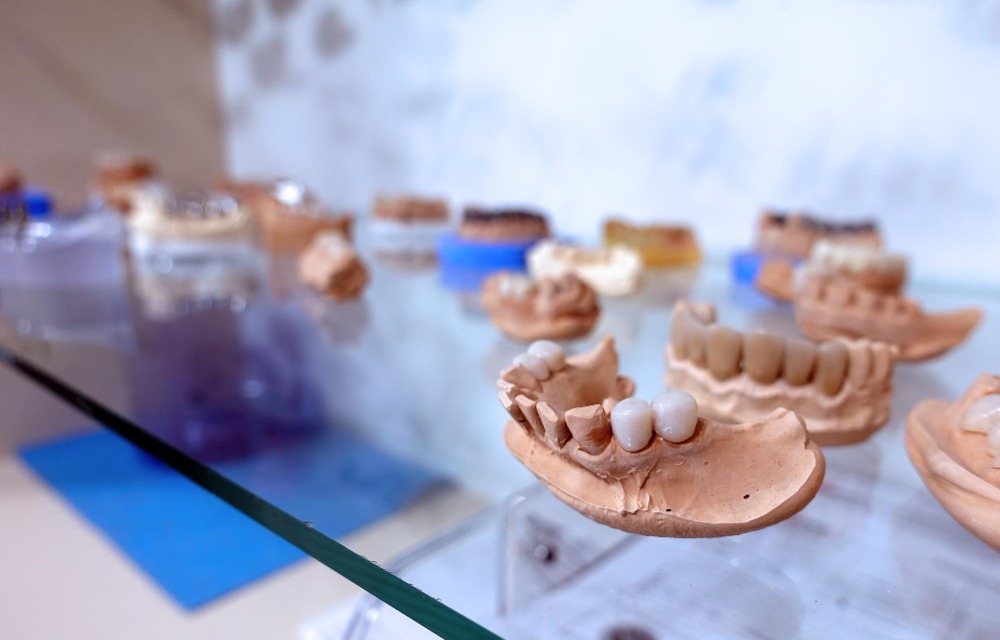Dental implants, a now commonplace solution for tooth replacement, boast a history that’s as fascinating as it is extensive. Their journey begins thousands of years ago.
Ancient Practices Ancient civilizations, notably the Egyptians and Mayans, recognized the importance of tooth replacements. Archeological findings from these civilizations have revealed implants made of shells, stones, and even metals embedded into the jawbone.
Middle Ages The progression into the Middle Ages saw a more rudimentary approach. Materials like gold were sometimes hammered into place, a procedure as painful as it sounds. Though these methods were not always successful, they marked the importance people placed on dental health and appearance.
20th Century Breakthrough Fast forward to the 20th century, when the discovery of titanium changed the landscape of dental procedures. In the 1950s, Dr. Per-Ingvar Brånemark, a Swedish orthopedic surgeon, realized that titanium could fuse perfectly with bone tissue. This discovery opened the doors to the modern era of dental implants, where titanium became the gold standard material for secure, long-lasting implants.
Today’s Dental Implants Today, dental implants are made with biocompatible materials and sophisticated design, ensuring they mimic the function and appearance of natural teeth. The procedure involves placing a titanium post into the jawbone, which acts as the tooth root, and is later topped with a crown. Modern implants are celebrated for their durability, aesthetic appeal, and their role in preserving facial bone structure.



